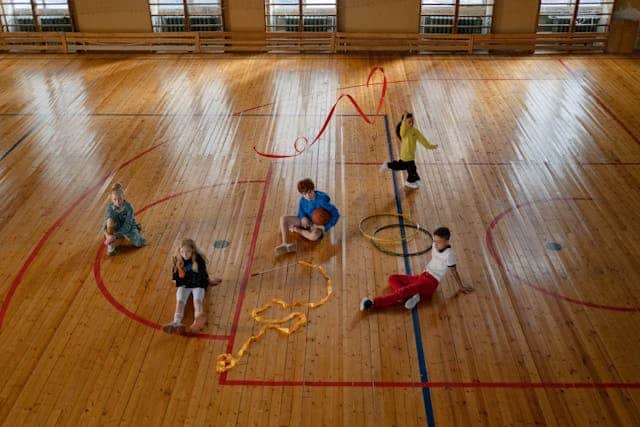
Impact of the COVID-19 Pandemic on Sedentary Time and Behaviour in Children and Adults: A Systematic Review and Meta-Analysis
November 3, 2021
Sitting as a moral practice: Older adults’ accounts from qualitative interviews on sedentary behaviours
November 17, 2021A paper titled “A systematic review of the validity, reliability, and feasibility of measurement tools used to assess the physical activity and sedentary behaviour of pre-school aged children” has recently been published in the International Journal of Behavioral Nutrition and Physical Activity. The full publication is available here. The summary of the paper and citation details are re-posted below.
ABSTRACT
Physical activity (PA) and sedentary behaviour (SB) of pre-school aged children are associated with important health and developmental outcomes. Accurate measurement of these behaviours in young children is critical for research and practice in this area. The aim of this review was to examine the validity, reliability, and feasibility of measurement tools used to assess PA and SB of pre-school aged children.
Searches of electronic databases, and manual searching, were conducted to identify articles that examined the measurement properties (validity, reliability or feasibility) of measurement tools used to examine PA and/or SB of pre-school aged children (3–7 years old). Following screening, data were extracted and risk of bias assessment completed on all included articles.
A total of 69 articles, describing 75 individual studies were included. Studies assessed measurement tools for PA (n = 27), SB (n = 5), and both PA and SB (n = 43). Outcome measures of PA and SB differed between studies (e.g. moderate to vigorous activity, step count, posture allocation). Most studies examined the measurement properties of one measurement tool only (n = 65). Measurement tools examined included: calorimetry, direct observation, combined heart rate and accelerometry, heart rate monitors, accelerometers, pedometers, and proxy report (parent, carer or teacher reported) measures (questionnaires or diaries). Studies most frequently assessed the validity (criterion and convergent) (n = 65), face and content validity (n = 2), test-retest reliability (n = 10) and intra-instrument reliability (n = 1) of the measurement tools. Feasibility data was abstracted from 41 studies.
Multiple measurement tools used to measure PA and SB in pre-school aged children showed some degree of validity, reliability and feasibility, but often for different purposes. Accelerometers, including the Actigraph (in particular GT3X versions), Actical, ActivPAL and Fitbit (Flex and Zip), and proxy reported measurement tools used in combination may be useful for a range of outcome measures, to measure intensity alongside contextual information.
CITATION
Phillips, S.M., Summerbell, C., Hobbs, M. et al. A systematic review of the validity, reliability, and feasibility of measurement tools used to assess the physical activity and sedentary behaviour of pre-school aged children. Int J Behav Nutr Phys Act 18, 141 (2021). https://doi.org/10.1186/s12966-021-01132-9




